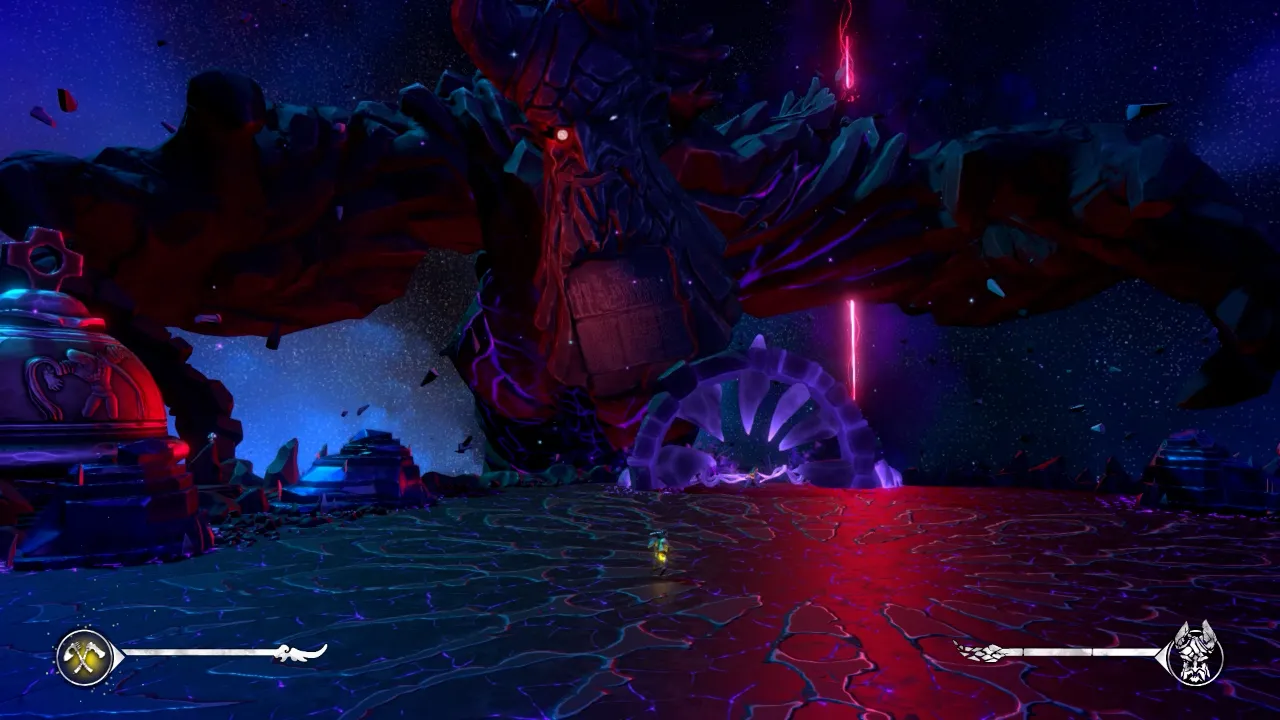
The Tale of Bistun: A Beautiful but Shallow Dive into Persian Mythology
When discussing Persian legends in video games, Prince of Persia is often the first title that comes to mind. However, despite its name, the Prince of Persia series draws more inspiration from One Thousand and One Nights than actual Persian culture. Recognizing this gap, Black Cube Games, a Dutch development studio, sought to authentically explore Persian culture in their debut title, The Tale of Bistun. Inspired by the 12th-century Iranian poem “Shirin and Farhad” by Nizami Ganjavi, the game follows a stonemason who falls in love with a princess. This review explores whether Black Cube Games successfully captures and conveys the richness of Persian culture.
 The Tale of Bistun
The Tale of Bistun
The Tale of Bistun centers around Farhad, a stonemason who awakens on the slopes of Mount Behistun with no memory. As he embarks on a quest to reclaim his lost memories, he becomes entangled in a battle between good and evil that will determine the fate of the world.
Gameplay: A Repetitive Cycle
 The Tale of Bistun
The Tale of Bistun
While The Tale of Bistun boasts a visually stunning aesthetic inspired by Persian art, the gameplay itself falls short. Combat is simplistic, offering limited options. Farhad can execute quick combos with melee weapons or unleash a slower, more powerful attack with a significant cooldown. Defensively, his only option is a dodge roll, lacking any blocking, parrying, or counter-attacking mechanics.
 The Tale of Bistun
The Tale of Bistun
The absence of ranged weapons or environmental interactions further restricts combat strategies, leaving players with little more than button mashing. Enemies are easily overpowered, making it possible to complete the game without dying. Farhad begins with twin axes and later acquires a stone chisel. Despite being different weapons, they share the same sound effects, range, attack speed, and combo length. The only discernible difference lies in damage output, with the chisel being significantly more powerful. This renders weapon swapping unnecessary, except for superficial variety.
 The Tale of Bistun
The Tale of Bistun
Furthermore, switching weapons is only possible at designated locations, hindering any potential for dynamic combat. The gameplay loop becomes repetitive: defeat demons, free a pomegranate tree, consume the magical fruit to restore memories, and then overcome the next obstacle on Mount Behistun. While the game is relatively short (around three hours), this monotonous cycle can quickly become tedious. Finally, basic menu options like key remapping and graphics settings are absent.
 The Tale of Bistun
The Tale of Bistun
 The Tale of Bistun
The Tale of Bistun
 The Tale of Bistun
The Tale of Bistun
A Rich Tapestry of Persian Culture
 The Tale of Bistun
The Tale of Bistun
The Tale of Bistun shines in its dedication to showcasing Persian culture. The pomegranate, a fruit native to Western Asia and known for its memory-boosting properties, plays a central role. Instead of traditional wayfinding markers, a hoopoe bird guides Farhad, symbolizing guidance in Iranian literature.
 The Tale of Bistun
The Tale of Bistun
Ancient Zoroastrian deities, such as Anahita, the goddess of fertility, water, health, healing, and wisdom, also appear. The beard of the demonic Bistun features carvings reminiscent of the real-life Behistun Inscription, a historical text carved into Mount Behistun. Finally, the soundtrack incorporates the Tar, a traditional Iranian instrument.
 The Tale of Bistun
The Tale of Bistun
Conclusion
The Tale of Bistun successfully integrates various elements of Persian culture, offering a glimpse into its rich mythology and traditions. However, its repetitive gameplay and simplistic combat mechanics ultimately detract from the overall experience. While visually captivating and culturally insightful, the game’s shallow gameplay prevents it from reaching its full potential.





Comments (0)